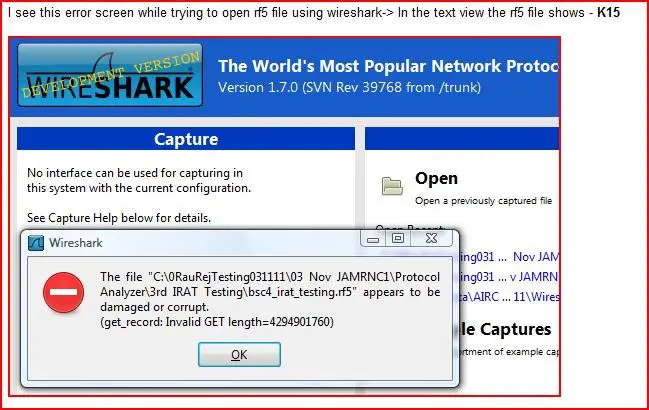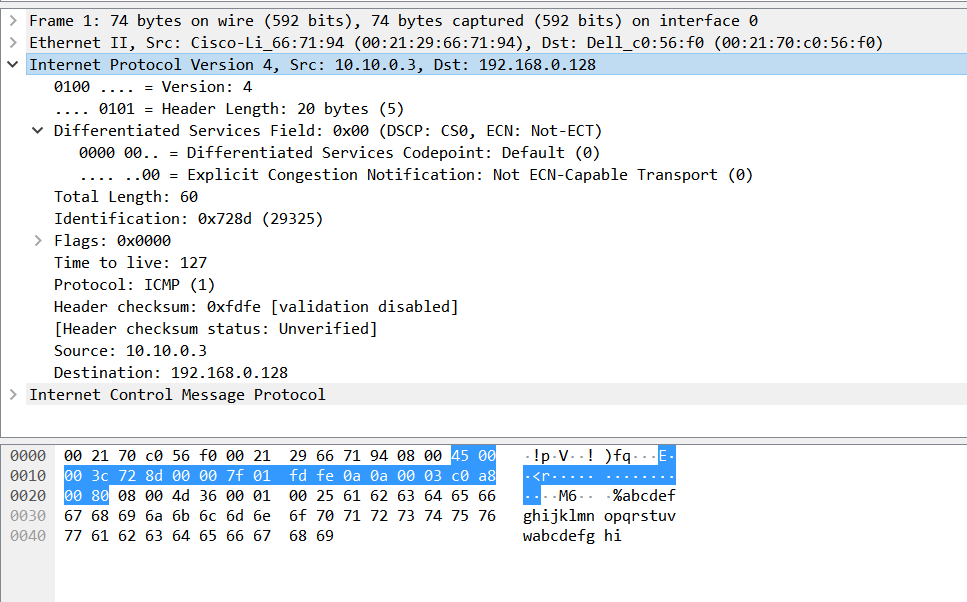


To explicitly specify the PATH, you may need to include the path portion in double quotes (e.g. In order for the system to find dumpcap, you will need to include it as part of the Windows PATH environment variable, or explicitly specify the path. It resides in the Wireshark root folder (e.g. To capture Wireshark data, you will need to use “dumpcap” which is a command line utility installed as part of Wireshark. How to use Wireshark (on Windows) to capture a driver or network issue that may only occur very infrequently, for example, to capture data on an issue which may occur only once a month.


 0 kommentar(er)
0 kommentar(er)
